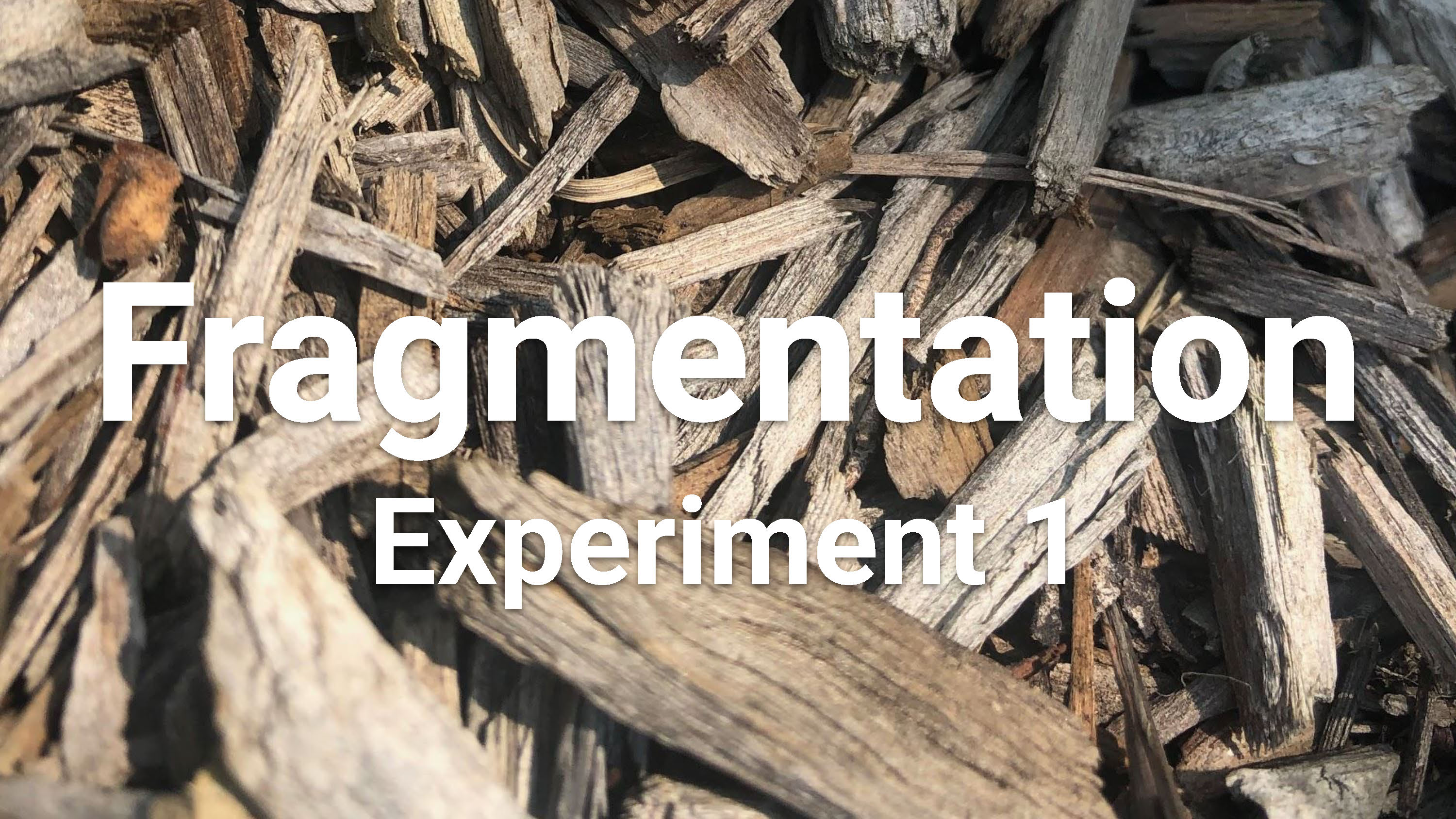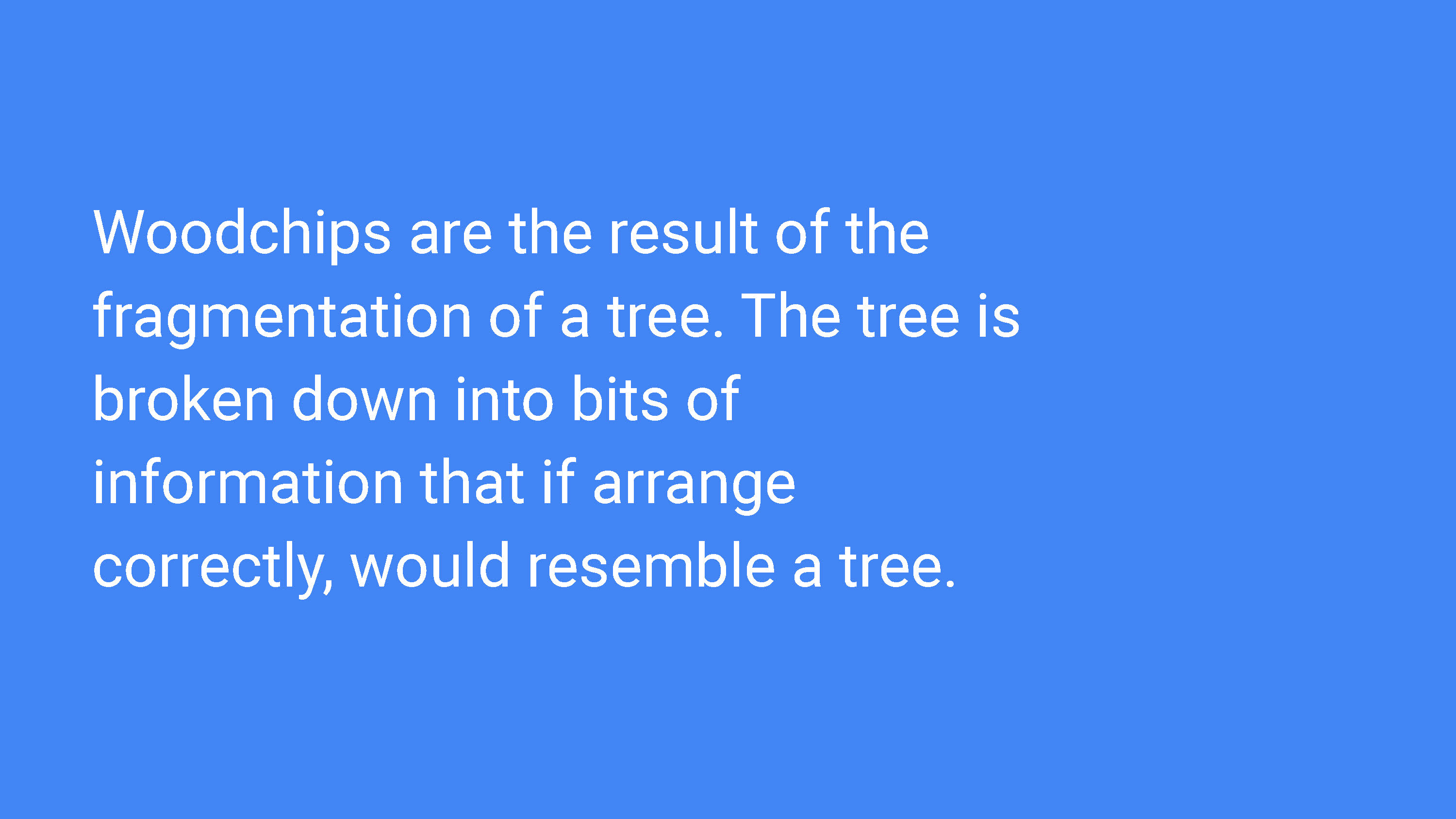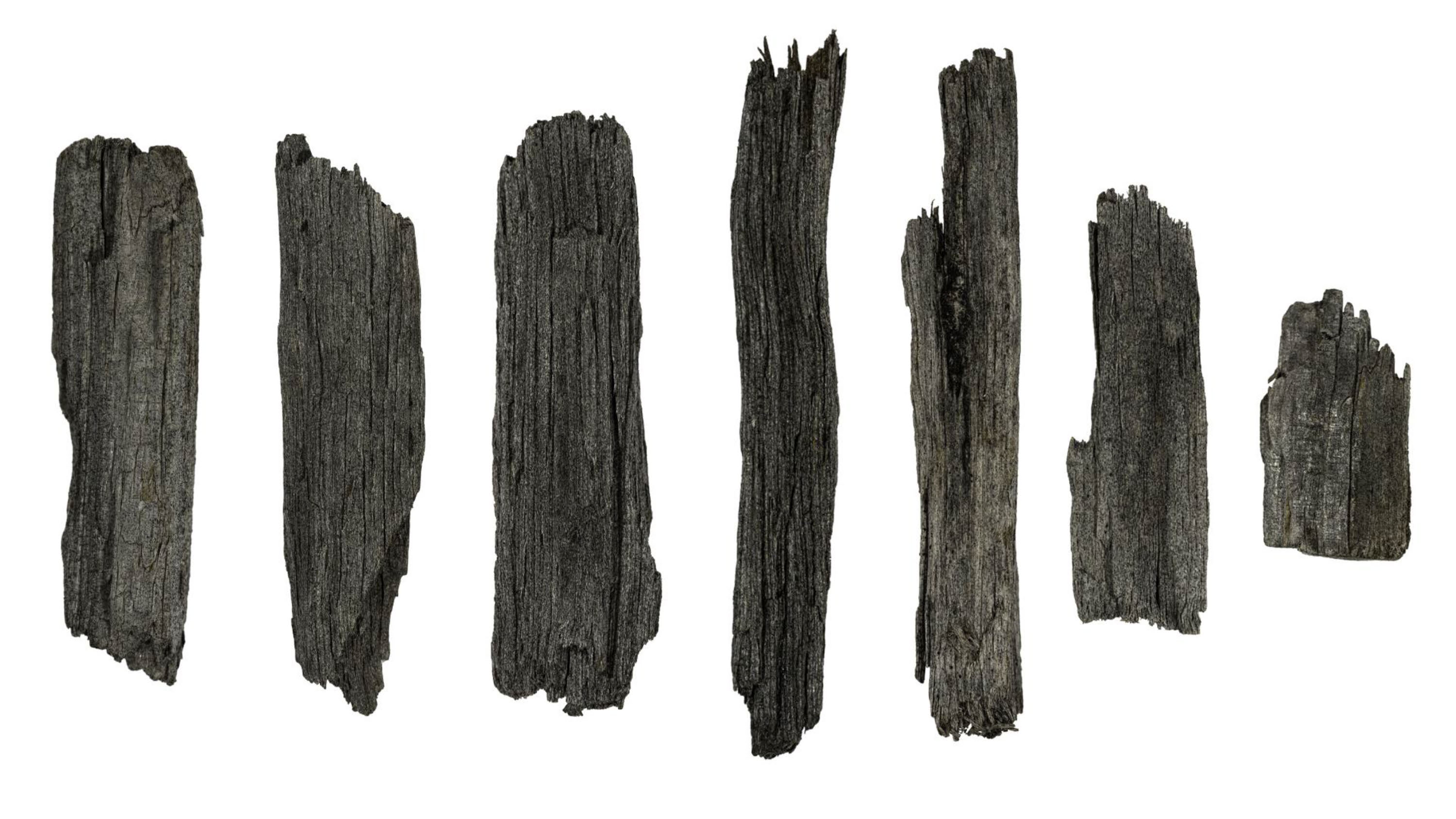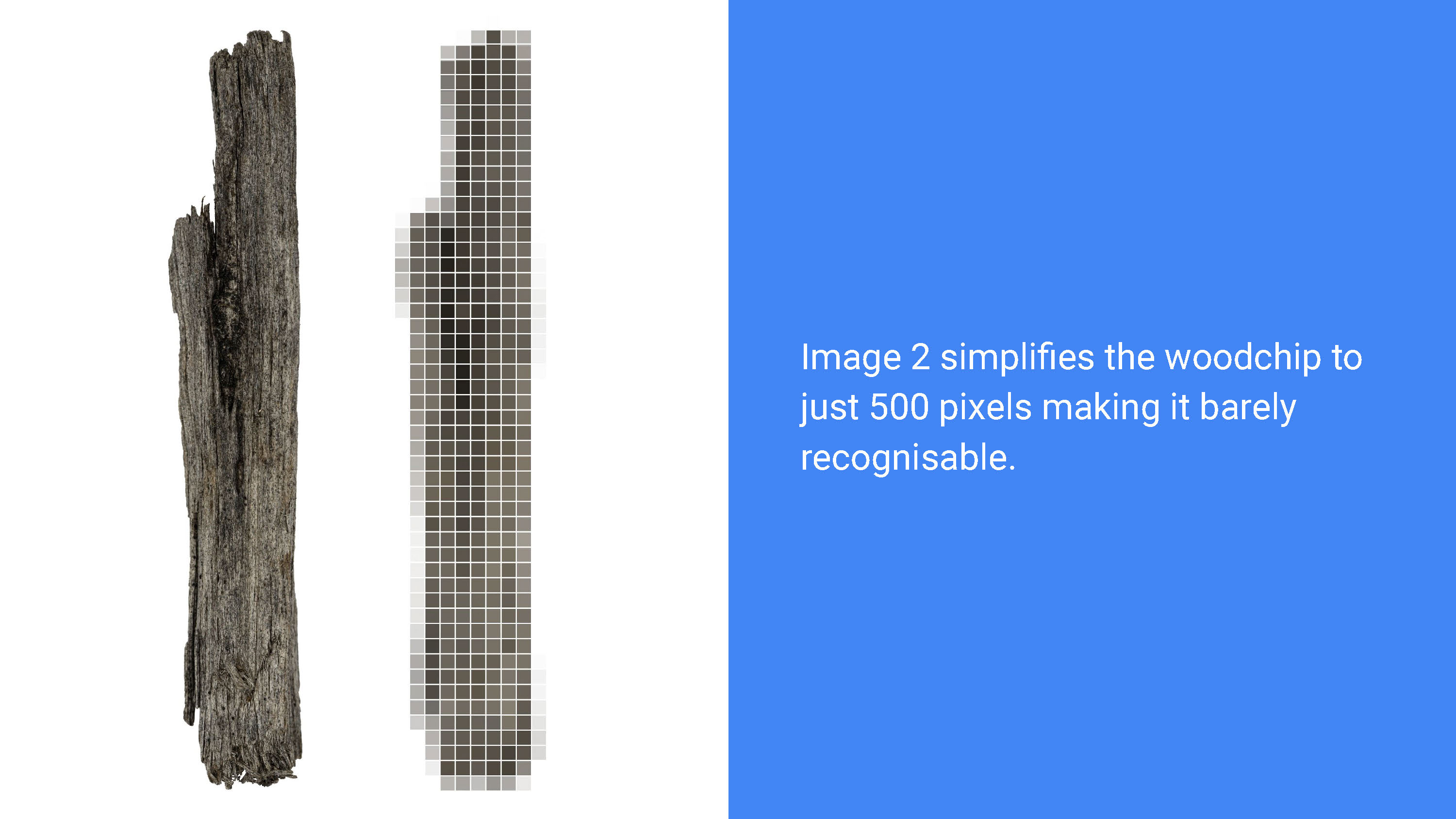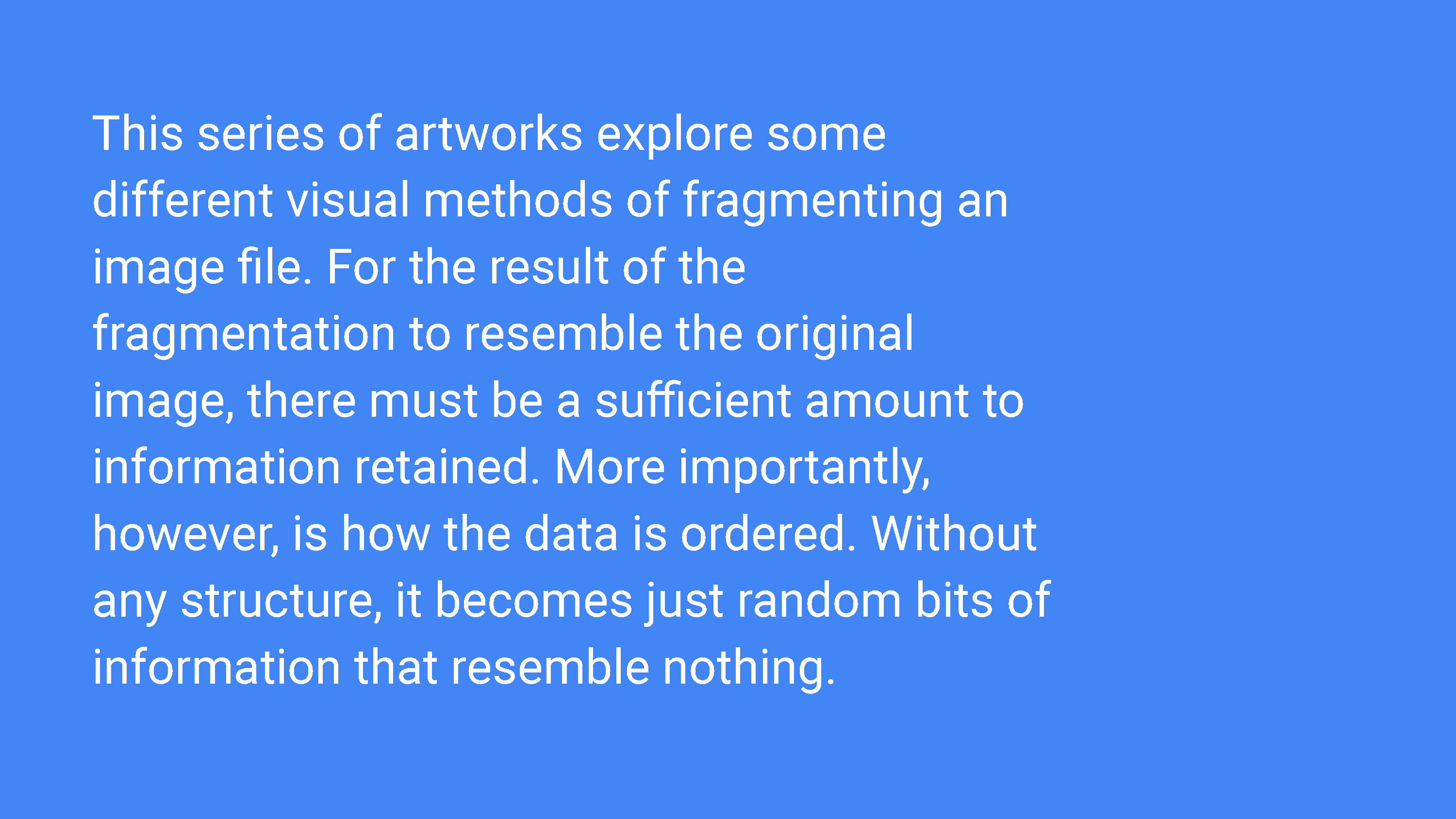Presentation: Serendipity: Part 2
Statement of Meaning
Experiment 1 – Fragmentation
Woodchips are the result of the fragmentation of a tree. The tree is broken down into bits of information that if arrange correctly, would resemble a tree.
This process of fragmentation is similar to the process of digitisation. For anything to exist in a digital form it must be fragmented into bits of information; be it the pixels that make up an image, a sound wave for audio or the underlying source code of the digital file.
Experiment 1 explores this concept by starting with a high-resolution photograph of the woodchips. Each image comprises of 46.89 million pixels. These images are then fragmented using different methods to see what impact it has.
Image 1 takes a 200 x 200 pixel sample from the woodchip and enlarges it so that we can see the individual pixels of the original image file. Each pixel is a single colour.
Image 2 simplifies the woodchip to just 500 pixels making it barely recognisable.
Image 3 uses a randomised fragmentation method that retains the colour information. Although a satisfying visual result, the image is unrecognisable.
In image 4, there is an abstraction of the colour and presented in a style similar to pointillism painting. Again, the result is unrecognisable.
For image 5 the colour is separated into cyan, magenta, yellow and black using the same colour separation method required for offset printing. These four colours are layered to recreate the original colour.
Image 6 takes the source code of the image and renders it in plain text. The code comprises of approximately 1.9 million bytes (or characters).
Image 7 has been converted to an audio file, and then the audio file has been played via spectrogram. A spectrogram is a visual representation of the spectrum of frequencies of sound as they vary with time. Spectrograms are sometimes called sonographs, voiceprints, or voicegrams.
This series of artworks explore some different visual methods of fragmenting an image file. For the result of the fragmentation to resemble the original image, there must be a sufficient amount to information retained. More importantly, however, is how the data is ordered. Without any structure, it becomes just random bits of information that resemble nothing.

